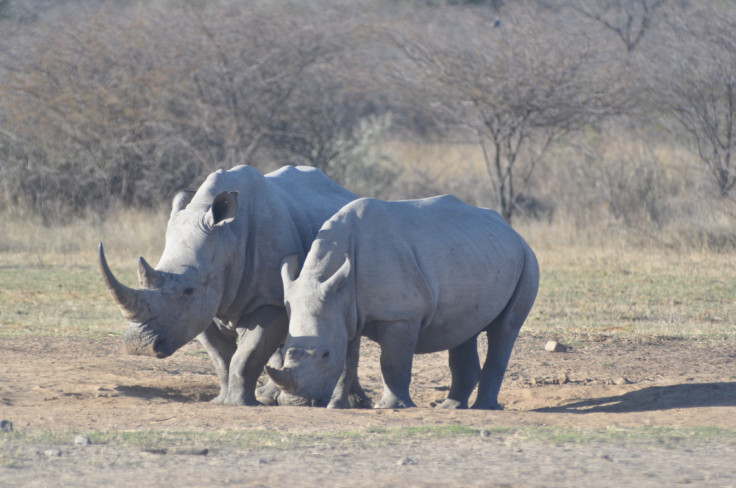Crapchat? Rhino dunghills are social networks where they can post status updates
Scientists say discovery could help explain why so many mammals use communal defecation sites.

White rhino dung contains a wealth of information about the creature it came from, scientists have discovered. By defecating in a communal area, this makes dunghills 'social networks' that help rhinos understand the community in which they live – and alter their behaviour appropriately.
In a study, published in the Proceedings of the Royal Society B, scientists from the University of KwaZulu-Natal in South Africa and Germany's TU Darmstadt looked at what information is gained from the volatile organic compounds (VOCs) found in dung.
While it has long been known a huge amount of information is stored in urine, the role of dung is not well understood. This is despite many species of mammal defecating in communal areas – suggesting it serves some sort of purpose.
In their study, the team analysed 150 dung odour samples from wild, free-ranging white rhinos varying in sex and age at the Hluhluwe-iMfolozi Park in South Africa. They captured the VOCs in a trap and by analysing them, they were able to work out if the rhino's sex, age, whether it was a territorial male and at which stage of the reproductive cycle a female was at.
Next, the researchers artificially reproduced key elements of the odour profiles and exposed free-ranging territorial males to them. By looking at the response, researchers we able to work out what information the rhinos were getting from the dung.

When presented with the odour of a fertile female, or another territorial male, the rhinos would behave differently. They showed that in response to an oestrous female, males visited the dunghill 15% more often and they spent longer sniffing the artificial dung odour when compared to the male dung odour.
"The results from this research show that the odour of white rhino dung carries key information, including the age of the depositor, sex, male territorial state and female oestrous state," they wrote. "This is a vital step towards understanding why mammals utilise communal defecation sites. It is likely that such sites are used in the same way we use social networking – to 'read' the posts of others in their network, and to leave posts for others."
Researchers say understanding how white rhinos use dung as "information centres" will help shed light on why other mammals defecate communally.
Based on these results, we propose that white rhinos use middens to deposit and extract a wealth of biological information. If correct, then this helps explain the phenomenon of communal defecation: "As many other mammals defecate communally, olfactory communication via dung odours is likely a widespread phenomenon," they said.
© Copyright IBTimes 2025. All rights reserved.






















